The personal consumption expenditures (PCE) price index held steady for the month of October, with the index showing inflation rose 0.2 percent for the month and 3.5 percent year-over-year. The numbers are holding in line with economist expectations.
It's also likely that the slowing consumer spending this represents will keep the Federal Reserve from raising rates again this year.
More on the numbers:
Headline inflation was flat on the month and at a 3% rate for the 12-month period, the release also showed. Energy prices fell 2.6% on the month, helping keep overall inflation in check, even as food prices increased 0.2%.
Goods prices saw a 0.3% decrease while services rose 0.2%. On the services side, the biggest gainers were international travel, health care and food services and accommodations. In goods, gasoline led the gainers.
Personal income and spending both rose 0.2% on the month, also meeting estimates and indicating that consumers are keeping pace with inflation.
While the public more closely watches the Labor Department’s consumer price index as an inflation measure, the Fed prefers the core PCE reading. The former measure primarily looks at what goods and services cost, while the latter focuses on what people actually spend, adjusting for consumer behavior when prices fluctuate.
While the news may be good on the inflation front, the slowed spending by consumers may be a sign of more drastic issues with consumer personal finance. Bloomberg recently pointed out that while wages have grown 20 percent since the COVID-19 pandemic, when you adjust for inflation it only comes out to about 0.6 percent.
What's more, the average credit card holder now has about $6,600 in credit card debt - more than a 10 percent increase from last year. Also, more Americans are using “Buy Now, Pay Later” payment methods to pay for basic goods. The use of those payment methods, including mobile apps, jumped by 47 percent from 2022 to 2023, a sign that a growing number of Americans aren't able to keep up with rising prices.
And then, there's this from CBS News:
The typical American household must spend an additional $11,434 annually just to maintain the same standard of living they enjoyed in January of 2021, right before inflation soared to 40-year highs, according to a recent analysis of government data.
Such figures underscore the financial squeeze many families continue to face even as the the rate of U.S. inflation recedes and the economy by many measures remains strong, with the jobless rate at a two-decade low. The analysis, from Republican members of the U.S. Senate Joint Economic Committee, taps government data such as the Consumer Price Index and Consumer Expenditure Survey to examine the impact of inflation state by state.
Even so, many Americans say they aren't feeling those gains, and this fall more people reported struggling financially than they did prior to the pandemic, according to CBS News polling. Inflation is the main reason Americans express pessimism about economy despite its bright points, which also include stronger wage gains in recent years.
The Biden administration is trying to spin the economy as a good thing - that "Bidenomics" is working. We've covered the administration's attempts to ridiculously spin Thanksgiving dinner prices, among other things. But the polling numbers show it isn't winning over the American public. More Americans than ever believe the economy is doing poorly, they feel their personal financial situation is getting worse, and they blame the Biden administration.
Currently, Biden is averaging a 55.5 percent disapproval rating overall. When it comes to the economy, his average disapproval is at 59 percent, and when it comes to inflation, it's at 61.8 percent.
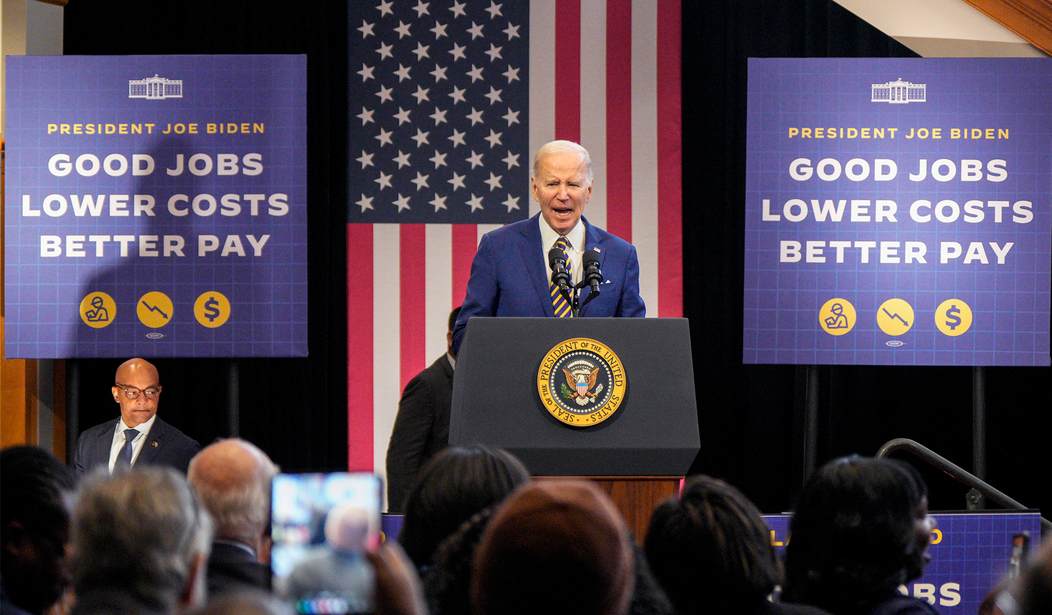



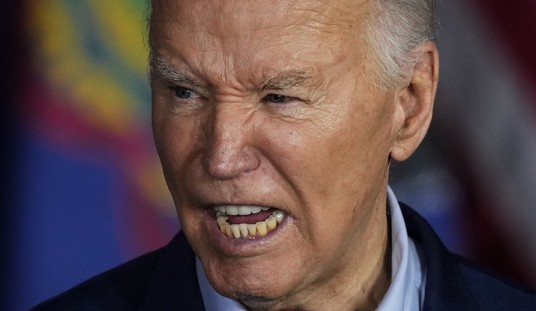
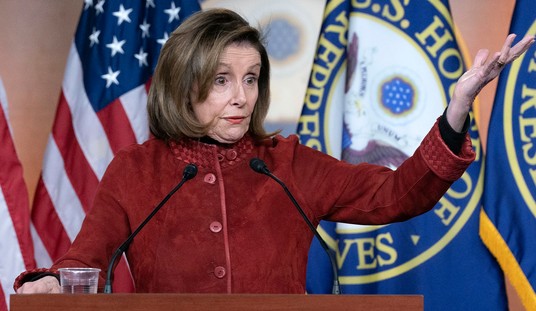
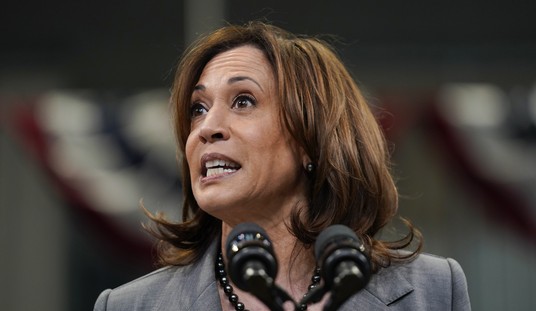


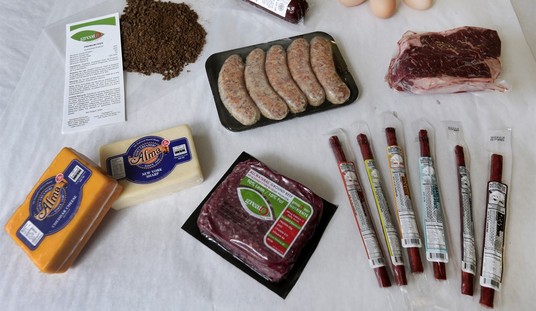



Join the conversation as a VIP Member